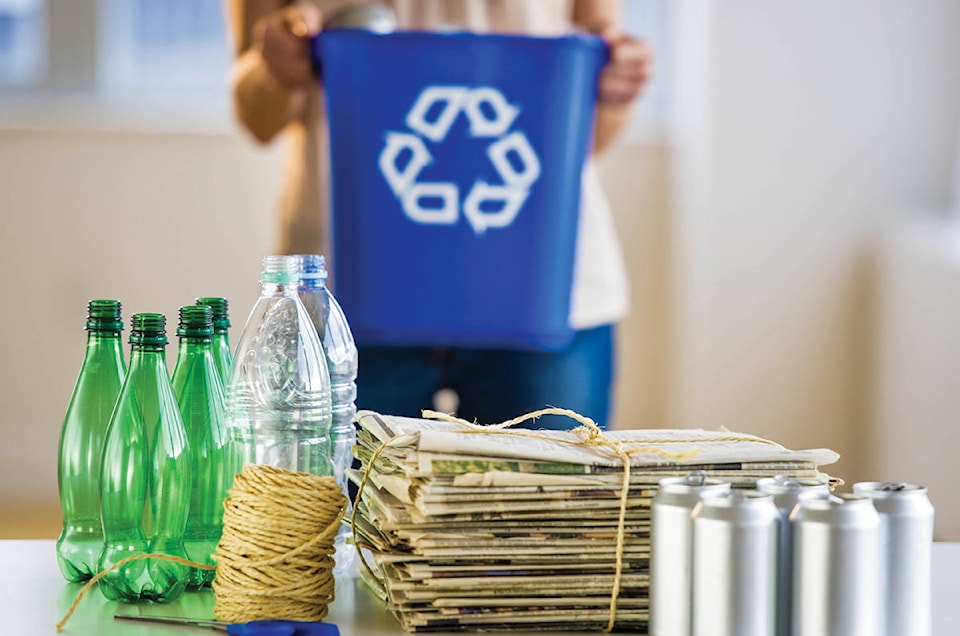Last week was waste reduction week in Ladysmith. The Town joined municipalities, First Nations, schools, businesses, and organizations across the country in an effort to reduce waste, conserve resources, and educated communities about sustainable living. Although the week is now over, the message is important to remember all year long.
In a news release, the Town said they are focused on reducing the contamination rate for recyclables collected in Ladysmith. They were informed by Recycle BC that the contamination rate of Ladysmith’s recycling stream continues to be high.
“Ladysmith residents can all work together to decrease the amount of contamination found in curbside recycling - helping to ensure consumer products are efficiently sorted by Recycle BC for processing and future uses,” Mayor Aaron Stone said.
The Town contracts curbside collection services. Although most items can be recycled, there are many that should not be placed in curbside bins.
Items like plastic bags, paper napkins, single use plastics and other forms of packaging should not be placed in curbside bins. Also, scrap metal and multi-laminates such as zipper-top pouches, granola packaging, frozen vegetable bags, and so on. All those items must be taken to a recycling depot to be recycled.
RELATED: Bear spray, bullets among hazards that have caused fires at B.C. recycling depots
“One of the things we see that’s a major problem, we call it ‘wish-cycling’, where people are in their homes and they come across an old pair of jeans, or a plastic toy, and they assume if they put it at the curb that it’s going to be recycled. Unfortunately that isn’t the case,” said Jason Adair, CVRD operation superintendent for solid waste and recycling.
When those materials find their way into curb side collection, they contaminate the recyclables, and end up in landfills. In the CVRD context, those contaminants are shipped to a landfill in Washington state. The tipping fee at that landfill is approximately $140 a tonne.
The core elements of curbside recycling are cardboard, paper, and plastics. Those items function like commodities, and processors have to find markets for their recycled products. Adair said that recycling in the CVRD generates very little revenue, and is funded primarily through taxes. When contaminants find their way into the system, it degrades the value even further.
RELATED: Bring it to the curb… properly
To cut down on curbside contaminants, the CVRD created a Recylopedia to educate residents on how to recycle and dispose of certain items. They also have an app called Cowichan Recycles that ties into the Recyclopedia for people to use directly on their phone. For people who are less tech savvy, the CVRD also created a recycling hotline: 250-746-2540 to answer all recycling questions.
Adair said that the CVRD has prioritized recycling in the community. Both Peerless Recycling Centre and Bings Creek accept recyclable materials with no user fee.
“The Cowichan Valley has the highest recycling diversion in the province. Our residents are very motivated. The CVRD board is highly motivated,” Adair said. “The resources are there for people to use, and there’s been a lot of investment to make it as easy as possible for people.”
